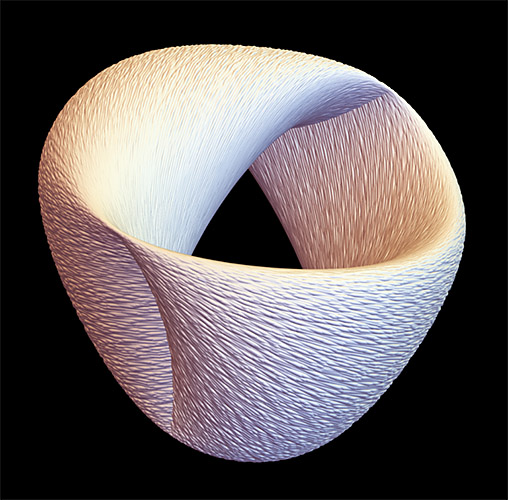
Wooster Professor Part of New Innovative Research on Neural Networks

WOOSTER, Ohio – John Lindner, the Moore Professor of Astronomy and professor of physics at The College of Wooster, is part of a research team at the Nonlinear Artificial Intelligence Laboratory (NAIL), housed on the campus of North Carolina State University, that has determined teaching physics to neural networks enables those networks to better adapt to chaos within their environment. This work, which was published in Physical Review, could have far-reaching implications in a variety of fields.
“From cancer diagnoses to self-driving cars to game playing, neural networks are revolutionizing our world,” wrote Lindner, who has been working with the NAIL group during a one-year faculty leave in 2019-20.
A neural network is an advanced type of artificial intelligence (AI) modeled loosely on the way the human brain works. NAIL has developed neural network training to mimic how natural neurons exchange electrical impulses according to the strengths of their connections by adjusting numerical weights and biases during training sessions to minimize the difference between their actual and desired outputs.
“Although they are universal approximators, their approximations may require exponentially many neurons. In particular, they can be confounded by the mix of order and chaos in natural and artificial phenomena,” Lindner stated.
In other words, the challenge for researchers is conventional AI is chaos blind, meaning that it has an inability to predict or respond to chaos in a system. NAIL’s exciting solution to this is incorporating a function, named after famed mathematician William Rowan Hamilton, for the neural networks to better “see” chaos within a system and adapt.
Having plugged the Hamiltonian structure into neural networks, the NAIL team applied them to the Hénon-Heiles model (a known model of stellar and molecular dynamics) and it accurately predicted the dynamics of the system, even as it moved between order and chaos, according to the Physical Review.
“The Hamiltonian is really the ‘special sauce’ that gives neural networks the ability to learn order and chaos,” Lindner wrote in the Physical Review. “With the Hamiltonian, the neural network understands underlying dynamics in a way that a conventional network cannot. This is a first step toward physics-savvy neural networks that could help us solve hard problems.”
Posted in Faculty, News on June 25, 2020.
Related Posts
Related Areas of Study
Physics
With one-on-one guidance from a faculty mentor, every physics major completes independent research in a year-long research project
Major Minor

